Home>Articles>What Is The Difference Between A Patio And A Porch
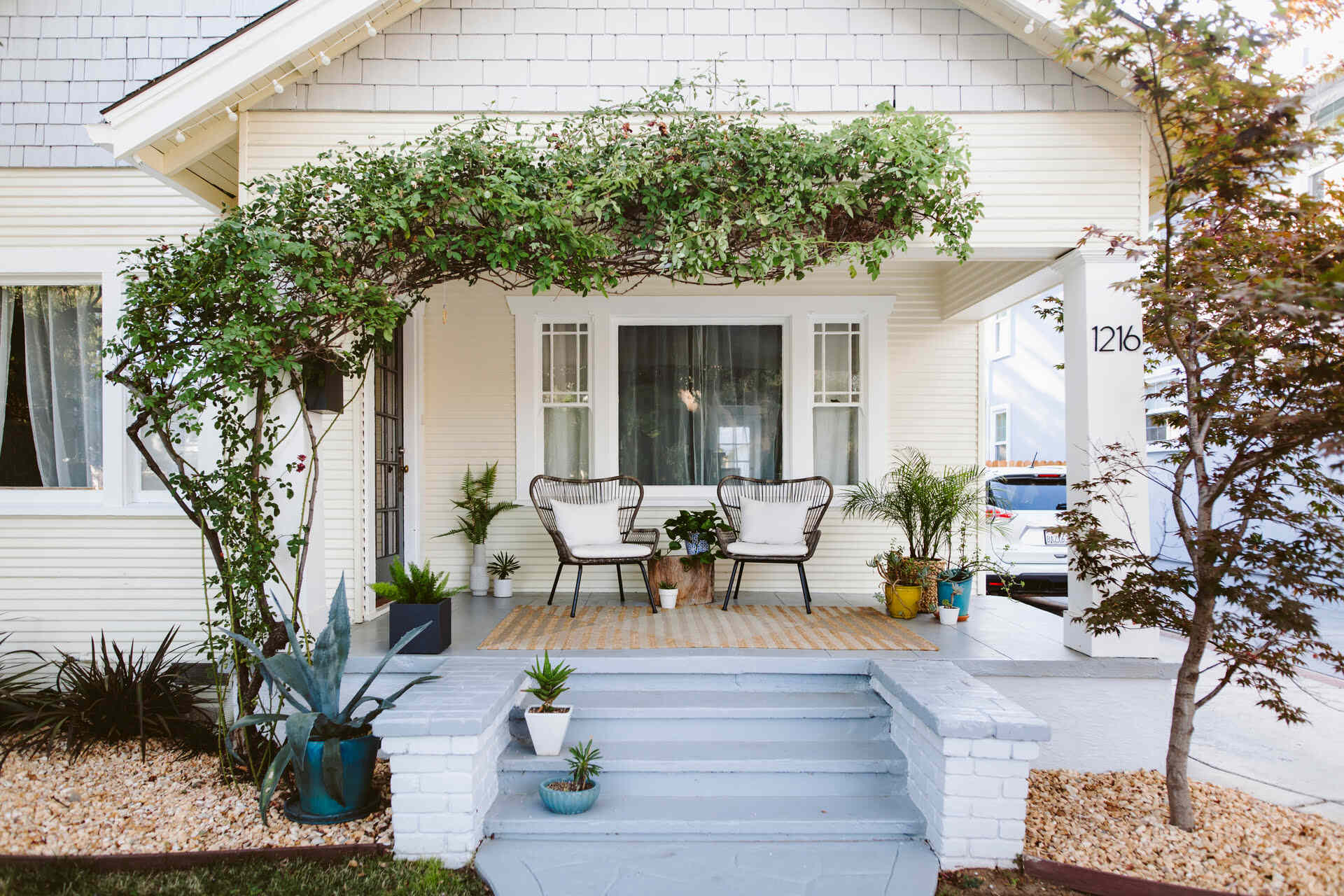

Articles
What Is The Difference Between A Patio And A Porch
Modified: September 1, 2024
Discover the key distinctions between a patio and a porch. Read our informative articles to understand the differences and find the perfect addition to your outdoor space.
(Many of the links in this article redirect to a specific reviewed product. Your purchase of these products through affiliate links helps to generate commission for Storables.com, at no extra cost. Learn more)
Introduction
When it comes to outdoor living spaces, two terms often come up – patio and porch. While they are both popular additions to a home, many people use these terms interchangeably without realizing that there are some key differences between them. Understanding the distinctions between a patio and a porch is important when it comes to designing, building, or renovating your outdoor area.
So, what exactly is the difference between a patio and a porch? In this article, we will explore the definitions of each and highlight their unique features and purposes. By the end, you will have a clear understanding of these two outdoor spaces and be able to make informed decisions when it comes to incorporating them into your own home.
Key Takeaways:
- Understanding the differences between a patio and a porch is crucial for designing your outdoor space. Patios offer versatility, customization, and seamless indoor-outdoor living, while porches provide sheltered, architectural charm and a welcoming transitional space.
- Both patios and porches offer a range of material options to suit different styles and maintenance preferences. Consider factors such as aesthetics, durability, and climate when choosing materials to create a beautiful and functional outdoor space.
Definition of a Patio
A patio is an outdoor living space that is typically located at ground level and is adjacent to a house or building. It is an open area that is paved or surfaced with materials such as concrete, stone, brick, or pavers, creating a solid foundation for outdoor furniture and activities.
Patios are designed to be versatile and can be tailored to suit various purposes and aesthetics. They can be small and intimate spaces or expansive areas that can accommodate large gatherings. Patios can also be attached to different parts of the house, such as the back, side, or even front, depending on the layout and design of the property.
One of the distinguishing features of a patio is its accessibility. Since it is located on the ground level, it is easily accessible from the main living area of the house. This makes it convenient for hosting outdoor parties, dining al fresco, or simply relaxing and enjoying the outdoors.
Furthermore, patios can be customized with different amenities and features to enhance their functionality and visual appeal. These may include fire pits, outdoor kitchens, seating areas, pergolas, and decorative elements such as water features or lighting fixtures. The possibilities for designing and personalizing a patio are endless, allowing homeowners to create a unique and inviting outdoor space.
In summary, a patio is an outdoor area that is paved or surfaced and located at ground level. It offers a versatile space for various activities and can be customized to suit individual preferences and needs.
Definition of a Porch
A porch is an outdoor structure that is attached to the front, side, or back of a house. It is typically covered and provides a sheltered transition area between the interior of the house and the outdoors. Porches are often built with a roof, supported by columns or pillars, and may have railings or balustrades for safety.
The main purpose of a porch is to provide a protected space where homeowners can sit, relax, and enjoy the surroundings. Unlike a patio, which is at ground level, a porch is elevated and offers a heightened vantage point, allowing for better views of the surrounding landscapes.
Porches are known for their inviting and welcoming nature, offering a cozy spot for socializing or enjoying a cup of coffee. They provide a buffer zone from the elements, allowing people to enjoy the outdoors even during inclement weather. Additionally, porches often have seating areas, allowing residents and guests to gather and engage in conversation.
While a patio is typically an open space, a porch has walls, which can be fully enclosed or partially open, depending on the design and preference. Enclosed porches offer protection from insects, wind, and rain, making them ideal for year-round use. Screens or windows can be added to create a more enclosed feel, while still allowing for airflow and natural light.
Porches also serve as an architectural feature of a home, adding character and charm to the overall design. They can be adorned with decorative elements, such as decorative trims, molding, and ceiling details, further enhancing the aesthetic appeal.
In summary, a porch is an attached outdoor structure that is covered and provides a sheltered space for relaxation and socializing. It offers a vantage point and can be partially or fully enclosed, adding architectural charm to a home.
Key Differences between a Patio and a Porch
While both patios and porches are outdoor living spaces, there are several key differences that set them apart. Understanding these distinctions can help you determine which option is best suited for your needs and preferences. Here are the main differences between a patio and a porch:
- Location: One of the primary differences between a patio and a porch is their location. A patio is typically located at ground level and is adjacent to a house or building. On the other hand, a porch is an attached structure that is elevated and serves as a transitional space between the interior of the house and the outdoors.
- Accessibility: Due to their differing locations, accessibility is another distinguishing factor. Patios are easily accessible from the main living areas of the house, usually through a sliding door or back entrance. Porches, on the other hand, are accessed directly from the main entrance of the house, providing a welcoming space for residents and guests.
- Coverage: Another significant difference is the coverage provided by patios and porches. Patios are typically open-air spaces, allowing for ample sunlight and an uninterrupted view of the surrounding landscape. Porches, on the other hand, are covered structures, offering protection from the elements and creating a sheltered area for relaxation.
- Design and Architecture: Patios and porches also differ in terms of their design and architectural features. Patios are often customizable and can be designed in a variety of shapes and sizes, depending on the homeowner’s preferences. Porches, on the other hand, are more architectural in nature, often incorporating elements such as columns, railings, and decorative trims to complement the style of the house.
- Functionality: The functionality of patios and porches also varies. Patios are versatile spaces that can be used for a wide range of activities, including outdoor dining, entertaining guests, or simply relaxing in a lounge chair. Porches, on the other hand, are primarily focused on providing a space for socializing, offering a protected area where residents can engage in conversation and enjoy the outdoors.
By understanding these key differences between a patio and a porch, you can make an informed decision when it comes to planning and designing your outdoor living space. Consider your specific needs, preferences, and the architectural style of your home to determine which option is best suited for you.
Design and Purpose of a Patio
When it comes to designing a patio, the possibilities are endless. Patios can be customized to suit individual preferences and can be adapted to various design styles and purposes. Here are some key considerations when it comes to the design and purpose of a patio:
1. Outdoor Living Space: A patio is primarily designed to create an outdoor extension of your living space. It serves as a gathering area for family and friends, allowing for outdoor dining, entertaining, and relaxation. Patios can be furnished with comfortable seating, dining sets, and even features like outdoor kitchens or fire pits, transforming it into a functional and enjoyable outdoor living area.
2. Aesthetics and Style: Patios can be designed to reflect your personal aesthetic and complement the architectural style of your home. From modern and minimalist to rustic and Mediterranean, there are countless design styles and material options to choose from. Consider elements such as the choice of paving materials, furniture, accessories, and landscaping to create a cohesive and visually appealing patio space.
3. Versatility: A well-designed patio offers versatility in its usage. It can serve as a peaceful retreat for relaxation, a vibrant entertainment area for hosting parties, or a quiet spot for enjoying a morning cup of coffee. By incorporating flexible design elements such as modular furniture or retractable awnings, you can adapt the patio to different occasions and activities.
4. Privacy and Shelter: Depending on your preferences, privacy and shelter can be important considerations in patio design. Fencing, strategic landscaping, or retractable screens can provide privacy from neighbors or road noise. Additionally, incorporating overhead structures like pergolas or umbrellas can provide shade and protection from the sun, allowing for comfortable use of the patio space.
5. Seamless Indoor-Outdoor Connection: A well-designed patio creates a seamless transition between your indoor and outdoor spaces. By aligning the design elements, materials, and colors with the interior of your home, you can establish a cohesive aesthetic that connects the two areas. This creates a harmonious flow and enhances the overall appeal and functionality of both spaces.
In summary, the design and purpose of a patio revolve around creating a functional, visually appealing, and versatile outdoor living space that seamlessly integrates with your home. By carefully considering your lifestyle, design preferences, and desired functionality, you can create a patio that perfectly suits your needs and complements your overall property.
Design and Purpose of a Porch
When it comes to designing a porch, there are various factors to consider, including functionality, aesthetic appeal, and architectural style. A well-designed porch can serve as a welcoming and functional space that enhances the overall charm and character of your home. Here are some key considerations for the design and purpose of a porch:
1. Entryway: One of the primary functions of a porch is to serve as an entryway to your home. It creates a sheltered transition area between the outdoors and the interior, providing a space to greet guests, store shoes, or hang coats. By incorporating benches, hooks, and storage solutions, you can make your porch functional and organized.
2. Relaxation and Socializing: Porches are often seen as spaces for relaxation and socializing. By adding comfortable seating, such as rocking chairs, porch swings, or cozy lounges, you can create an inviting and comfortable area where you can enjoy the view, read a book, or engage in conversation with family and friends. The elevated position of the porch also offers a vantage point to appreciate the surroundings.
3. Architectural Charm: Porches are architectural elements that add charm and character to a home’s exterior. The design of your porch should complement the overall architectural style of your house. This can include the use of decorative details, such as columns, railings, moldings, or intricate woodwork. By incorporating these design elements, your porch can become a focal point of your home’s façade.
4. Protection from the Elements: Porches offer protection from the elements, allowing you to enjoy the outdoors even during inclement weather. By incorporating a roof and possibly enclosing the sides with screens or glass windows, you can create a sheltered space that provides shade from the sun, shields from rain, and protection from insects.
5. Seasonal Transformation: A porch can undergo seasonal transformations, allowing you to enjoy it throughout the year. In warm weather, it can be a place for lounging and enjoying the breeze. In colder months, you can use portable heaters, blankets, and even install removable window inserts to create a cozy and climate-controlled space.
In summary, the design and purpose of a porch revolve around creating a functional and welcoming space that enhances the architectural appeal of your home. By considering factors such as entryway functionality, relaxation and socializing, architectural style, protection from the elements, and seasonal adaptability, you can design a porch that truly enhances your outdoor living experience and adds value to your property.
A porch is typically a covered area at the front of a house, while a patio is an open outdoor space at ground level. Consider the layout and purpose you have in mind when deciding between the two.
Material Considerations for Patios
Choosing the right materials for your patio is crucial as it not only affects the aesthetics but also the durability and maintenance requirements of the space. Here are some important material considerations for patios:
1. Concrete: Concrete is a popular choice for patios due to its versatility and affordability. It can be colored, stamped, or textured to mimic the appearance of other materials such as stone or brick. Concrete is durable and low-maintenance, but it can crack over time, especially in areas with drastic temperature changes.
2. Stone: Natural stone, such as flagstone, slate, or travertine, adds a timeless and elegant look to patios. Each stone has its unique characteristics, textures, and colors, providing a wide range of options to choose from. Stone is durable and can withstand heavy foot traffic, but it may be more costly and require periodic sealing or maintenance.
3. Brick: Brick is a classic choice for patio surfaces, offering a charming and traditional aesthetic. It is durable, resistant to cracking, and requires minimal maintenance. Brick patios can be laid in various patterns, adding visual interest and texture to the space.
4. Pavers: Pavers are precast concrete or clay blocks that come in a variety of shapes, sizes, and colors. They can be arranged in different patterns, providing endless design possibilities for your patio. Pavers are durable, easy to install, and can be replaced individually if needed. They also offer good drainage and are resistant to cracking.
5. Wood: Wood adds warmth and a natural aesthetic to a patio. Popular wood choices include cedar, redwood, and tropical hardwoods like teak or ipe. Wood patios require regular maintenance, such as staining and sealing, to protect them from moisture and UV damage. They may also require more frequent cleaning and care compared to other materials.
6. Composite Materials: Composite materials, such as composite decking or engineered wood, offer a more low-maintenance alternative to natural wood. They are resistant to rot, decay, and insect damage, and often come with warranties. Composite materials can be more expensive upfront, but they can save on long-term maintenance costs.
7. Gravel or Decomposed Granite: Gravel or decomposed granite is a cost-effective option for patios, providing a loose, natural surface. It is easy to install, allows for good drainage, and can be an ideal choice for casual or rustic settings. However, it may require periodic replenishment and may not be as suitable for areas with heavy foot traffic.
When selecting the material for your patio, consider factors such as budget, desired aesthetics, durability, maintenance requirements, and the climate in your region. It is also important to ensure proper installation and drainage to maintain the longevity and functionality of your patio.
Material Considerations for Porches
Choosing the right materials for your porch is essential as it not only affects the overall appearance but also the durability and maintenance requirements of the space. Here are some important material considerations for porches:
1. Flooring: The choice of flooring material for your porch plays a significant role in both aesthetics and functionality. Common options include hardwood, composite decking, tile, or concrete. Hardwood provides a timeless and elegant look but may require more maintenance. Composite decking offers durability and low maintenance, while tile provides versatility and a wide range of design options. Concrete is a durable and cost-effective choice but may lack warmth and may require coatings or finishes to enhance its appearance.
2. Roofing: Porches need adequate roofing to provide protection from the elements. The roofing material can range from asphalt shingles to metal or even thatch for a more tropical feel. Consider the climate and architectural style of your home when selecting the roofing material for your porch. Make sure it complements the overall design and provides the desired level of insulation and waterproofing.
3. Columns and Railings: Columns and railings are important structural and design elements of a porch. Common materials include wood, wrought iron, aluminum, or vinyl. Wood provides a classic and traditional look while wrought iron offers a decorative and elegant feel. Aluminum and vinyl are durable, low maintenance, and available in various styles and finishes. Consider the desired aesthetic, maintenance requirements, and durability when choosing the columns and railings for your porch.
4. Screens or Windows: The decision to enclose your porch with screens or windows depends on your preference and intended use. Screens can provide protection from insects and enhance airflow, while windows offer more insulation and maintainability. Choose materials that are weather-resistant, durable, and easy to clean.
5. Decorative Trim and Finishes: Pay attention to the decorative trim and finishes on your porch, as they can significantly enhance the overall aesthetic appeal. Consider materials such as wood trim, moldings, or PVC-based options that provide durability and resistance to weather conditions. These details can add architectural charm and create a cohesive look with the rest of your home’s exterior.
6. Lighting Fixtures: Lighting fixtures can enhance the ambiance and functionality of your porch. Consider materials such as weather-resistant metals, glass, or durable plastics when choosing light fixtures. Ensure they are suitable for outdoor use and are resistant to moisture and the elements.
When selecting materials for your porch, consider factors such as durability, maintenance requirements, aesthetics, and how well they complement the architectural style of your home. By choosing high-quality materials and ensuring proper installation, you can create a porch that is not only beautiful but also long-lasting and enjoyable for years to come.
Benefits of a Patio
A patio offers numerous benefits that can enhance your outdoor living experience and add value to your home. Here are some of the key benefits of having a patio:
1. Outdoor Living Space: Perhaps the most obvious benefit of a patio is the additional outdoor living space it provides. A patio serves as an extension of your indoor living area, allowing you to enjoy the outdoors while still being in the comfort of your home. It provides a versatile space for various activities, such as outdoor dining, entertaining guests, or simply lounging and relaxing.
2. Increased Property Value: A well-designed and functional patio can increase the value of your home. Potential buyers often consider outdoor living spaces as desirable features, and having a patio can make your property more attractive to potential buyers if you ever decide to sell your home in the future.
3. Versatility and Customization: Patios offer endless possibilities for customization. You can design and personalize your patio to suit your specific needs, preferences, and lifestyle. Whether you want a cozy and intimate area for relaxation or an expansive space for hosting parties, a patio can be tailored to meet your requirements and reflect your unique style.
4. Connection with Nature: Spending time on a patio allows you to connect with nature without having to leave your property. Enjoying the fresh air, feeling the warmth of the sun, and listening to the sounds of nature can have a positive impact on your mental and emotional well-being. A patio provides a convenient and accessible space to immerse yourself in the outdoors and enjoy the beauty of your surroundings.
5. Outdoor Entertainment: Patios are perfect for outdoor entertaining. Whether you’re hosting a barbecue, a dinner party, or a casual gathering, a patio provides a designated area where you can gather with family and friends. With the addition of outdoor furniture, lighting, and even amenities like a grill or fire pit, your patio becomes an ideal space for socializing and creating lasting memories.
6. Low maintenance: Compared to other outdoor living spaces, patios generally require low maintenance. The use of durable and long-lasting materials, such as concrete, pavers, or composite decking, minimizes the need for frequent repairs or replacements. Regular cleaning and occasional sealing are usually sufficient to keep a patio looking its best.
7. Health and Well-being: Spending time outdoors has numerous health benefits, both physical and mental. A patio provides a dedicated space for exercising, practicing yoga, or engaging in other outdoor activities that promote health and well-being. It also offers a tranquil retreat where you can unwind and reduce stress levels.
With all these benefits, it’s no wonder that patios have become a popular addition to many homes. Whether you use it for relaxation, entertainment, or simply connecting with nature, a patio can transform your outdoor space into a versatile and enjoyable haven.
Benefits of a Porch
A porch offers several enticing benefits that can greatly enhance the functionality, attractiveness, and overall value of your home. Here are some of the key benefits of having a porch:
1. Curb Appeal: A well-designed porch can greatly enhance the curb appeal of your home. It serves as an inviting focal point and can make a strong first impression on visitors or potential buyers. The architectural charm and aesthetic appeal of a porch can significantly enhance the overall beauty and value of your home’s exterior.
2. Additional Living Space: A porch provides additional living space that can be enjoyed throughout the year. It extends the usable square footage of your home and offers a versatile area for relaxation, socializing, or even practical use, such as storage or a play area. A porch can serve as a comfortable outdoor room that seamlessly merges with the interior of your home.
3. Protection from the Elements: One of the primary benefits of a porch is the protection it offers from the elements. It provides a sheltered space where you can enjoy the outdoors, seeking shade from the sun or refuge from rain, snow, or wind. This allows you to enjoy the beauty of nature and the fresh air while staying comfortable and protected throughout the year.
4. Entertaining Space: A porch creates an ideal space for entertaining family and friends. Whether you’re hosting a small gathering or a larger party, a porch can serve as a dedicated area for socializing, dining, or simply enjoying each other’s company. It offers a comfortable and inviting setting, encouraging relaxation and fostering connections with loved ones.
5. Increased Property Value: The addition of a porch can significantly increase the value of your home. Potential buyers often view a well-designed and functional porch as an attractive feature, adding appeal and desirability. This can translate into a higher resale value and a quicker sale if you choose to sell your home in the future.
6. Energy Efficiency: Depending on the design of your porch, it can contribute to energy efficiency in your home. A porch can provide shade, reducing the amount of direct sunlight that enters your home during hot summer months and potentially lowering cooling costs. Additionally, enclosing a porch with windows or screens can provide insulation, reducing heat loss during colder seasons.
7. Relaxation and Connection with Nature: A porch serves as a serene retreat where you can relax, unwind, and connect with nature. It offers an elevated position that provides a unique perspective of your surroundings, whether it’s a view of the garden, a tranquil landscape, or a busy street. Spending time on a porch allows you to enjoy fresh air, listen to the sounds of nature, and find solace in the outdoors without leaving the comforts of home.
With these benefits in mind, it’s clear that a porch can transform your home, providing not only an attractive outdoor space but also a functional area that enhances your lifestyle and creates lasting memories with loved ones.
Conclusion
In conclusion, understanding the differences between a patio and a porch is crucial when it comes to designing your outdoor living space. While both offer their unique benefits, they serve different purposes and have distinct design considerations.
A patio is a ground-level outdoor space that provides versatility, customization options, and a seamless extension of your indoor living area. It offers a flexible area for various activities, from outdoor dining and entertaining to relaxation and enjoyment of the outdoors. With its accessibility and low maintenance requirements, a patio can greatly enhance your outdoor living experience.
On the other hand, a porch serves as a sheltered, elevated, and more architectural space that combines functionality with visual appeal. It creates a transitional area between the interior and exterior of your home, offering protection from the elements while providing a welcoming space for relaxation and socializing. A porch adds curb appeal, increases property value, and acts as a connection to the outdoors without compromising comfort.
When it comes to material considerations, both patios and porches offer a range of options to suit different styles, budgets, and maintenance preferences. Whether you choose concrete, stone, pavers, wood, or composite materials, select materials that align with your desired aesthetics, durability, and maintenance requirements.
Ultimately, the decision between a patio and a porch depends on your specific needs, preferences, and the layout of your home. Consider factors such as the purpose of the space, desired activities, architectural style, climate, and available space when making your choice.
Whichever option you choose, both patios and porches can greatly enhance your outdoor living experience, increase your home’s value, and provide a space for relaxation, socializing, and connecting with nature. Take the time to plan and design your outdoor space thoughtfully, and you’ll create a beautiful and functional area that brings joy and adds value to your home for years to come.
Frequently Asked Questions about What Is The Difference Between A Patio And A Porch
Was this page helpful?
At Storables.com, we guarantee accurate and reliable information. Our content, validated by Expert Board Contributors, is crafted following stringent Editorial Policies. We're committed to providing you with well-researched, expert-backed insights for all your informational needs.
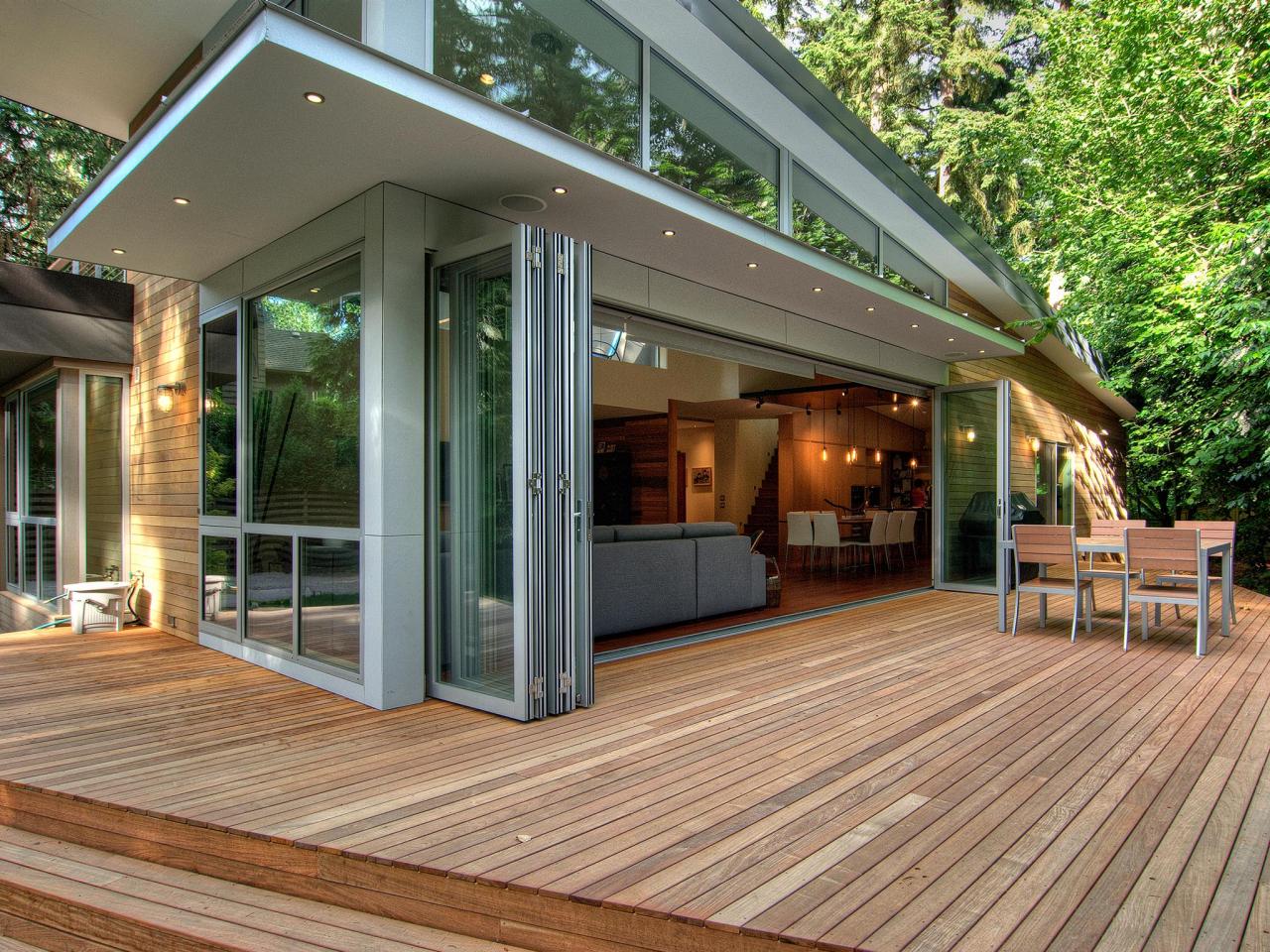
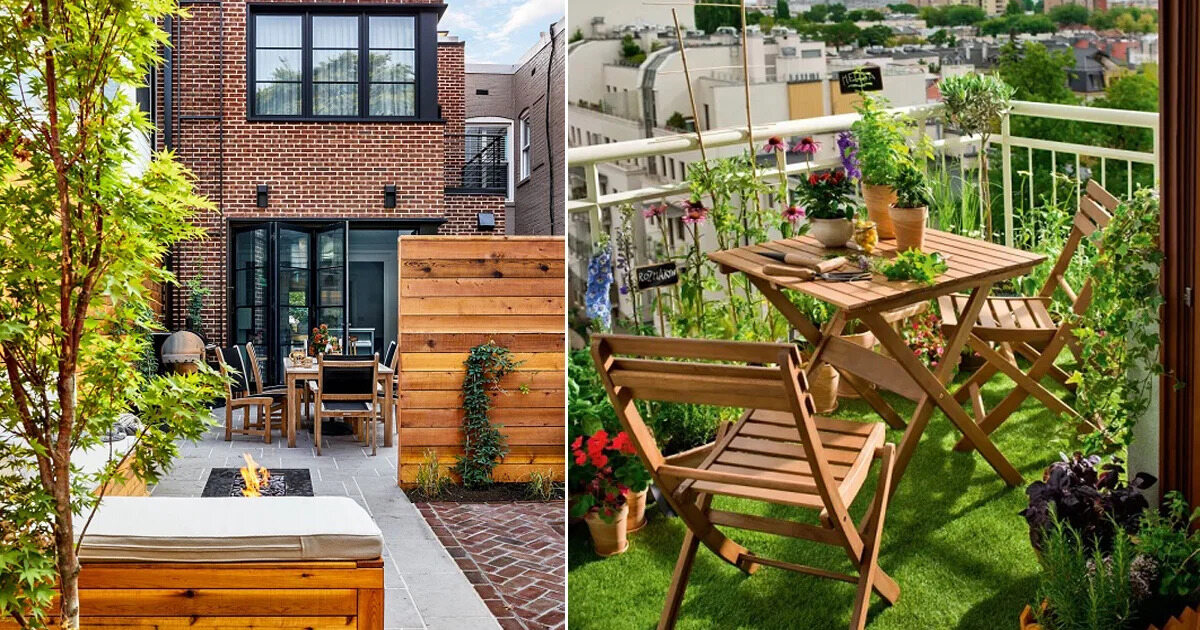
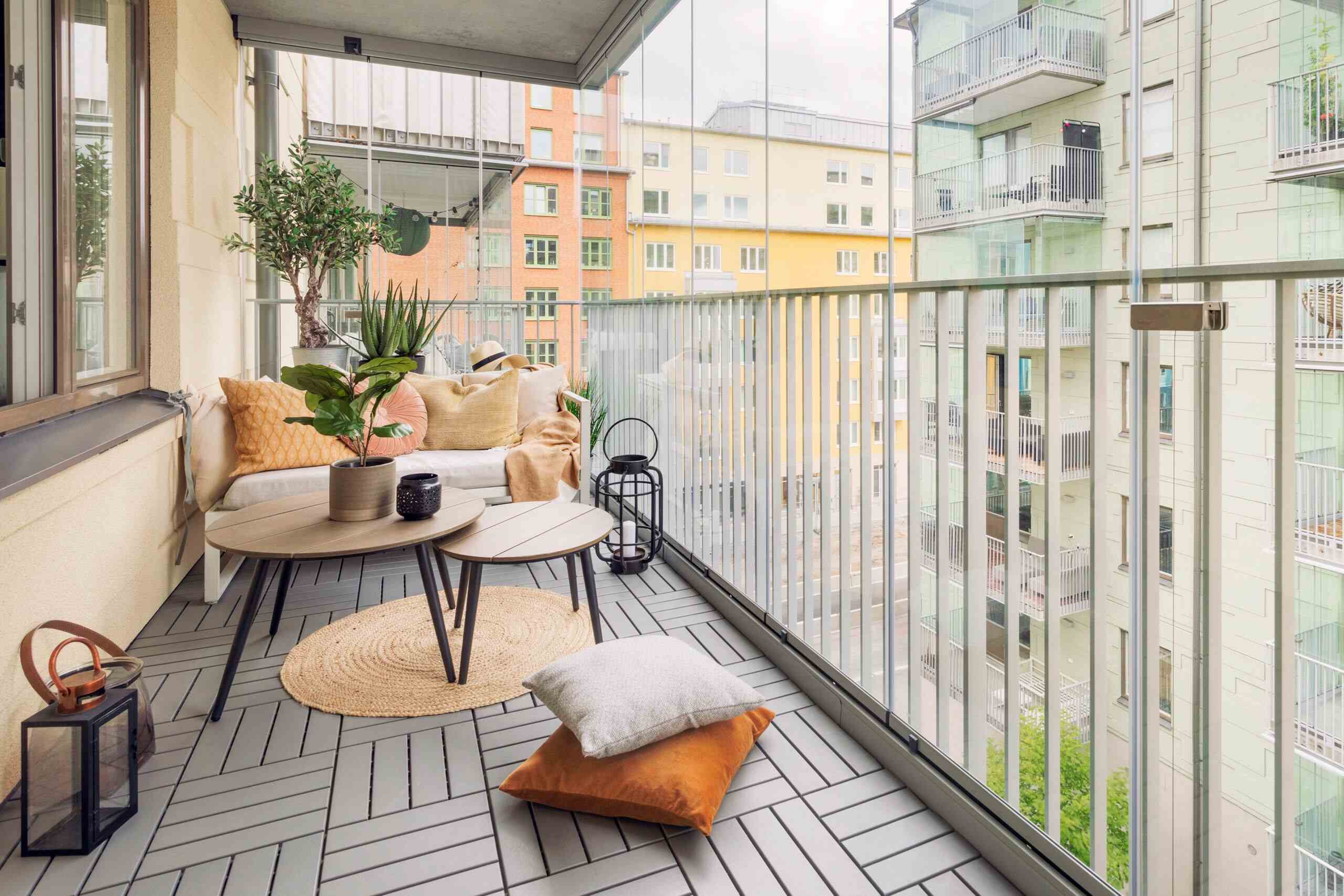
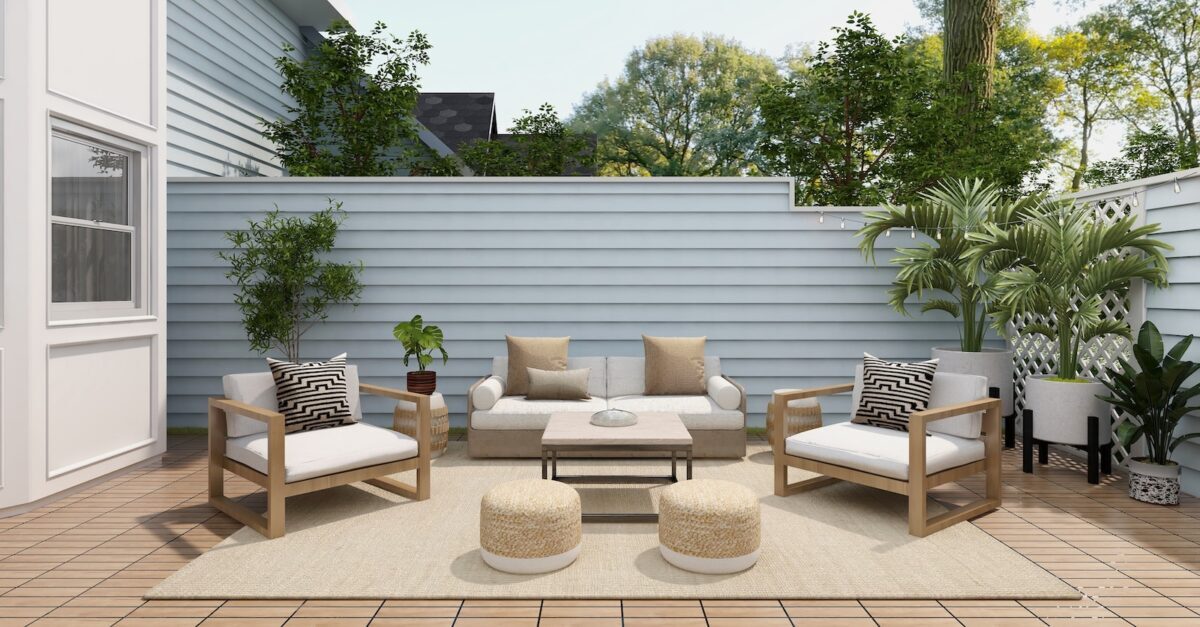
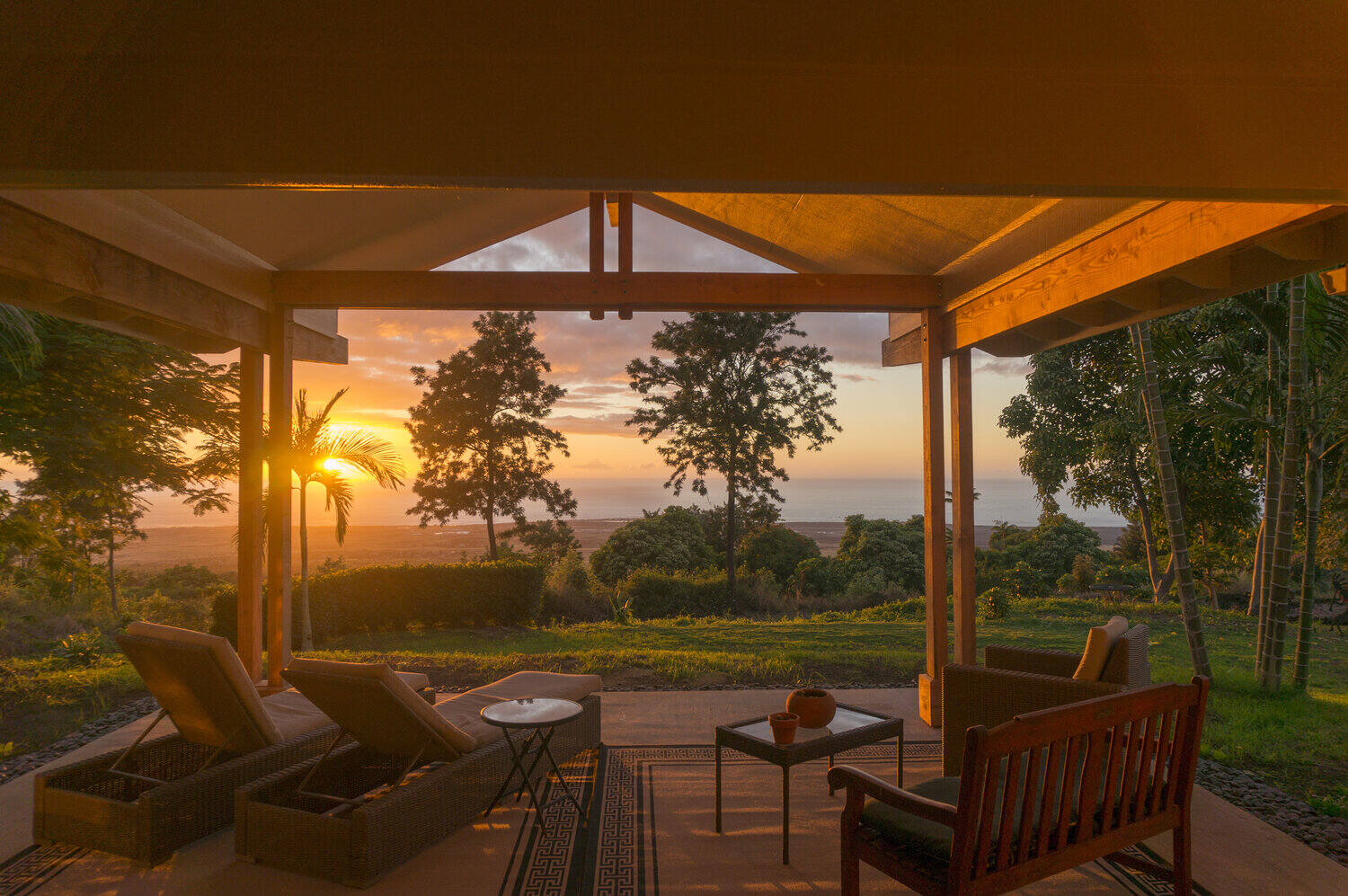
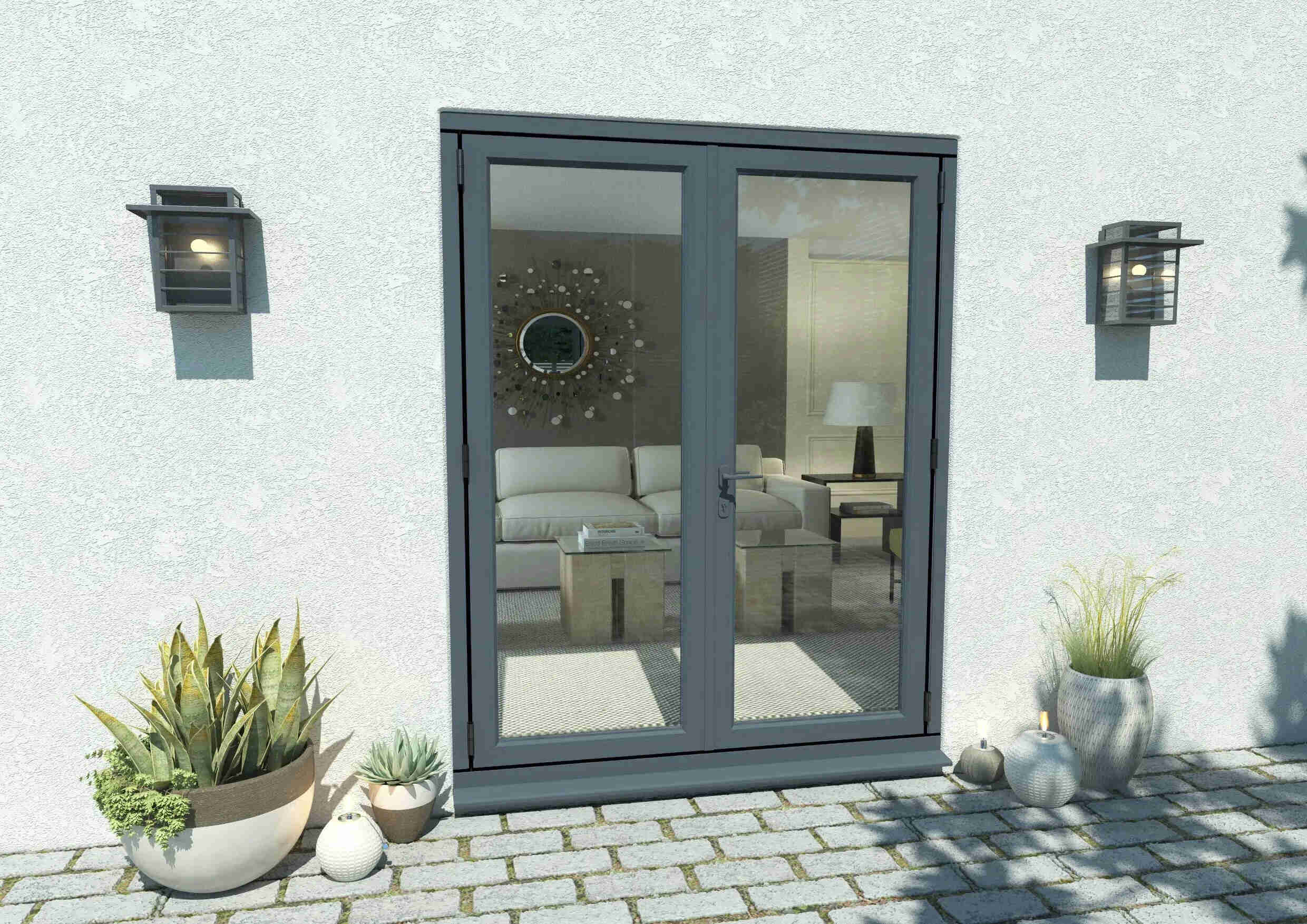
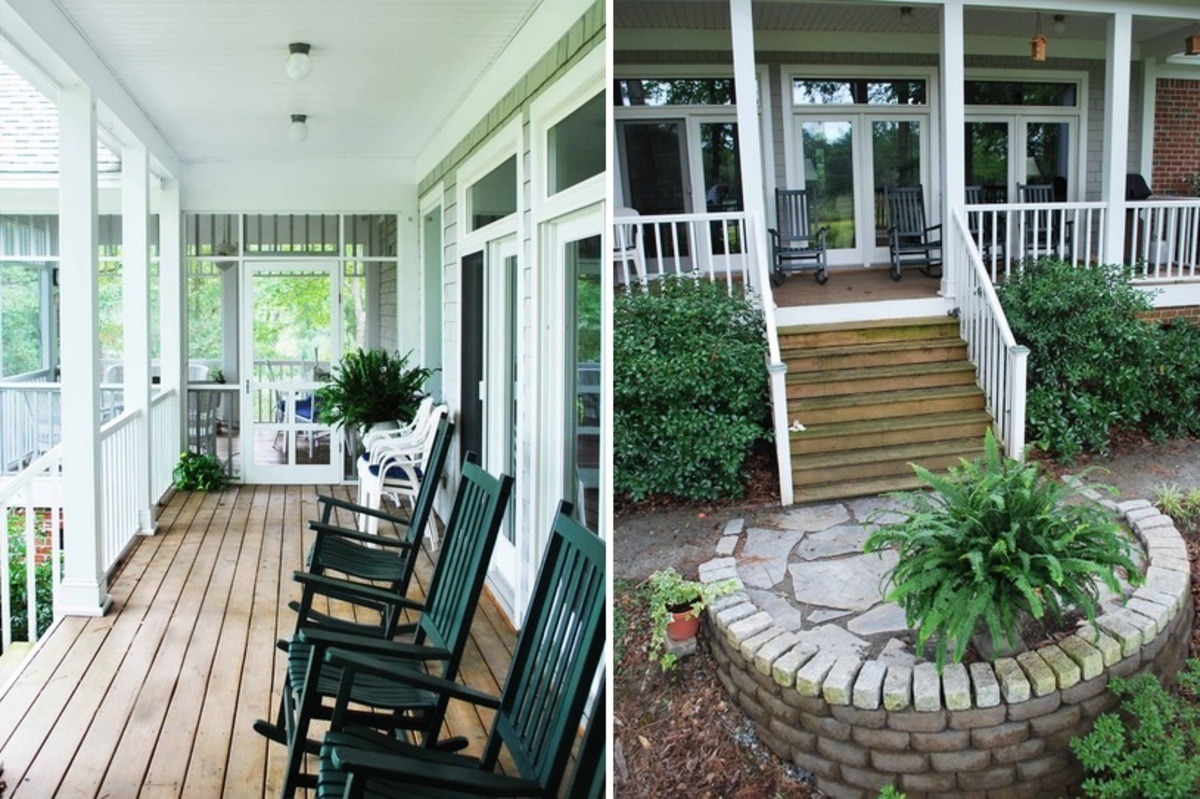
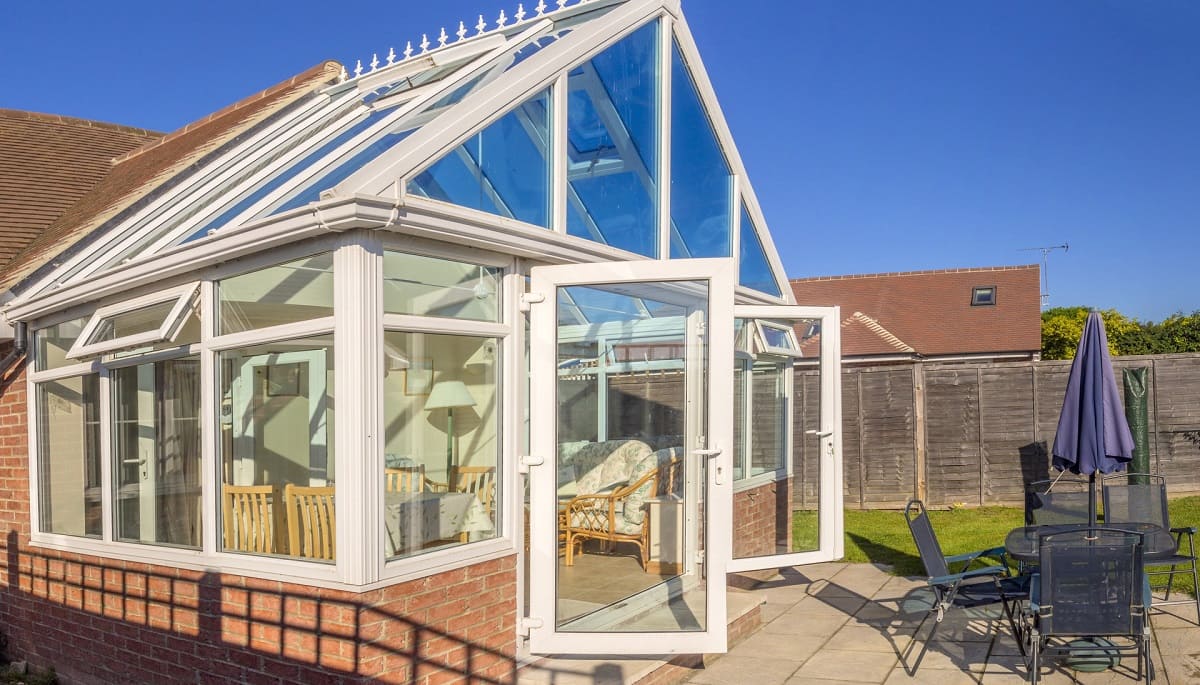
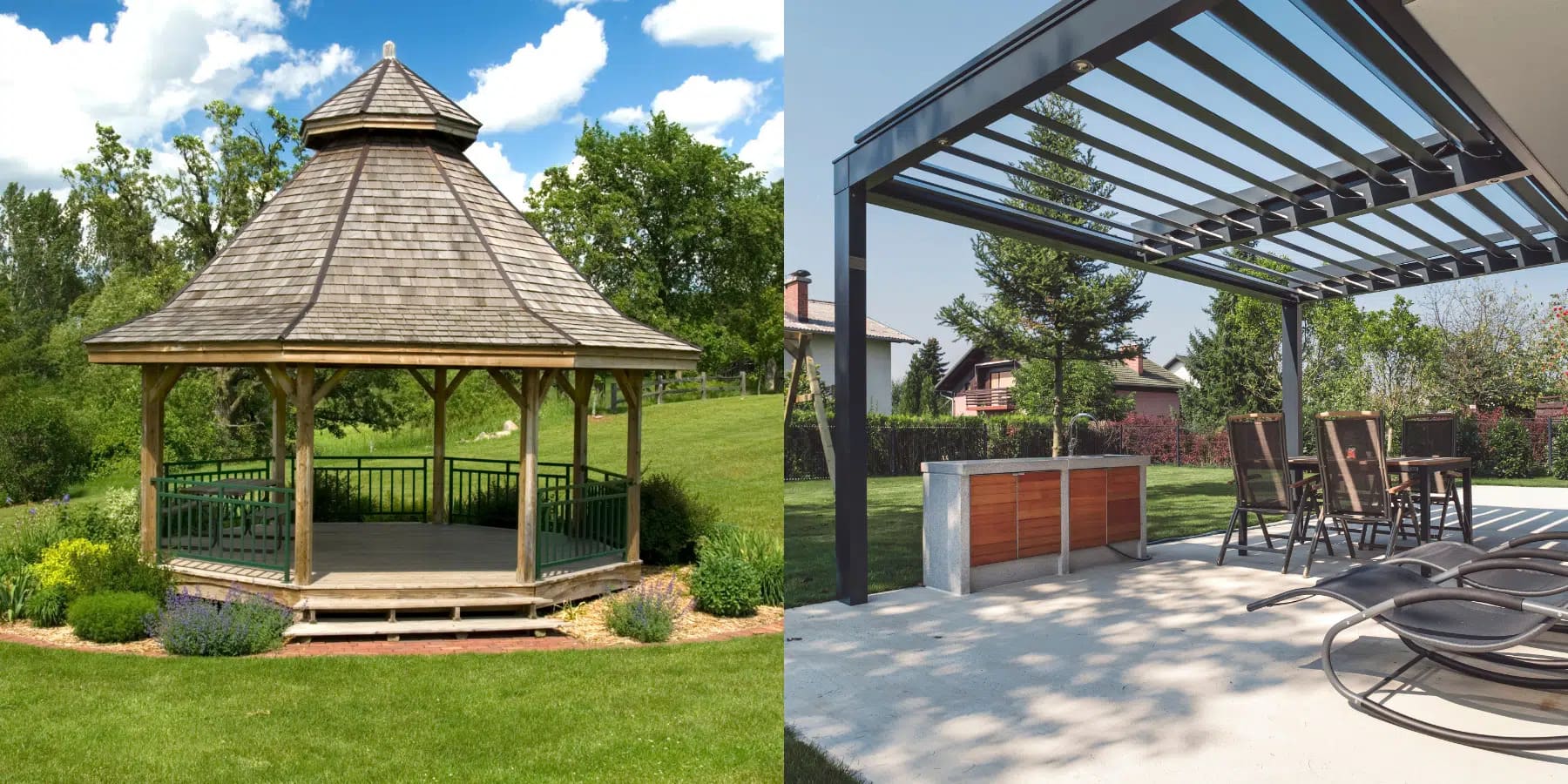





0 thoughts on “What Is The Difference Between A Patio And A Porch”